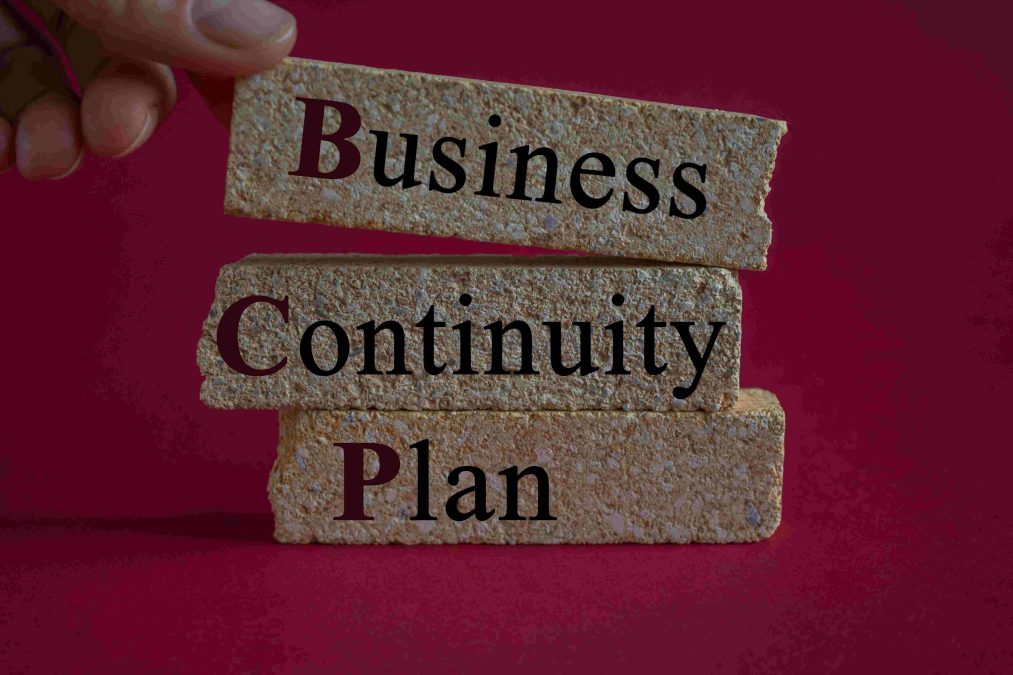In today’s digital age, WordPress powers more than 40% of all websites on the internet, from personal blogs to large-scale eCommerce platforms. As businesses increasingly rely on their websites for communication, marketing, and sales, ensuring the continuity of their online presence becomes crucial. One of the most effective strategies to safeguard this continuity is through the implementation of a Business Continuity Plan (BCP).
A Business Continuity Plan outlines procedures to keep a business operational during disruptive events, such as cyberattacks, hardware failures, natural disasters, or human errors. But how does this concept apply to a WordPress site? Let’s explore the importance of applying a BCP to a WordPress website, how it can be done, and the steps you can take to protect your site from downtime and data loss.
Why Apply a Business Continuity Plan to Your WordPress Site?
1. Website Downtime Can Be Costly
For businesses that rely on WordPress sites for generating revenue—such as eCommerce sites or subscription-based services—downtime can lead to significant financial losses. A BCP ensures that the website remains operational, minimizing the risk of losing customers or revenue during an unexpected event.
For instance, if your WordPress site experiences server failure or becomes the target of a cyberattack, having a plan in place to quickly restore functionality can save you from extended periods of downtime, which could tarnish your reputation and drive away customers.
2. Data Protection and Recovery
WordPress sites store valuable information, including customer data, transaction histories, and business analytics. Without a proper backup and recovery system, this data could be lost forever in the event of a server crash, malware attack, or accidental deletion. A BCP ensures regular backups and provides clear steps to recover data quickly if needed.
By applying a BCP, your site will be prepared to recover lost content, user data, and even design elements, keeping your business operations intact without missing a beat.
3. Cybersecurity Threats
WordPress sites are common targets for cyberattacks because of their popularity. Hackers can exploit vulnerabilities in outdated plugins, themes, or WordPress core files. A BCP helps mitigate these threats by implementing preventive measures like regular updates, robust security protocols, and an action plan for responding to data breaches.
A plan that includes regular security audits, malware scans, and intrusion detection can help protect your website from becoming a victim of cybercrime.
How to Apply a Business Continuity Plan to Your WordPress Site
Step 1: Identify Critical Website Functions
The first step in developing a BCP for your WordPress site is to identify its most critical functions. These could include:
- Customer login and account access
- eCommerce functionality (shopping carts, payment gateways, etc.)
- Contact forms and customer support portals
- Data storage and backups
- Content management and updates
- Understanding which parts of your website are mission-critical will help you focus your business continuity efforts on areas that would have the biggest impact if they were to go down.
Step 2: Perform Regular Backups
One of the most important aspects of a BCP is ensuring regular backups of your WordPress site. If your website were to crash or become compromised, a backup would allow you to restore your site quickly and efficiently.
There are several plugins available that can help you automate the backup process, such as:
- UpdraftPlus: This plugin allows you to schedule automatic backups of your WordPress site, including both files and databases. It also provides options for storing backups in remote locations, such as Google Drive or Dropbox.
- BackupBuddy: Another popular option, BackupBuddy allows you to create full backups of your site and schedule backups at regular intervals.
- Jetpack: Jetpack’s backup functionality is ideal for automatic backups and comes with a range of other security features.
It’s essential to store backups in multiple locations, such as cloud services or external storage devices. Having backups on different platforms ensures that you can always access your data, even if one system goes down.
Step 3: Develop a Disaster Recovery Plan
A Business Continuity Plan for your WordPress site should include a detailed disaster recovery plan. This outlines how you will respond to various types of disruptions, from server outages to hacking attempts. Key elements of a disaster recovery plan include:
- Data Restoration: Define how you will restore website data and settings from backups. Make sure your recovery process can be initiated quickly.
- Server Failover: Use failover systems that automatically switch to backup servers if your primary server goes down. This can prevent prolonged downtime.
- Third-Party Dependencies: Identify any third-party services that your website relies on (such as payment gateways, hosting providers, or email services). Have backup options in place in case these services experience downtime.
Step 4: Improve Site Security
Website security plays a major role in ensuring business continuity, as a breach could take your WordPress site offline for days, or even weeks. Some steps to enhance your site’s security include:
- Keep WordPress Core, Plugins, and Themes Updated: Outdated plugins and themes are common entry points for hackers. Regularly updating your WordPress core, plugins, and themes helps close these vulnerabilities.
- Install a Security Plugin: Use security plugins such as Wordfence or Sucuri to monitor your site for suspicious activity, block brute force attacks, and scan for malware.
- Use Strong Passwords and Two-Factor Authentication: Ensure that all user accounts, especially admin accounts, use strong passwords. Adding two-factor authentication (2FA) adds an extra layer of protection to your site.
- Limit Login Attempts: Use a plugin like Limit Login Attempts Reloaded to prevent hackers from trying multiple passwords on your site’s login page.
Step 5: Test Your Plan Regularly
Just like any other business continuity strategy, your WordPress BCP needs to be tested regularly to ensure its effectiveness. Run simulations of potential crises, such as server failures or data breaches, and test your site recovery process.
- Website Recovery Drills: These are essential to identify any gaps or issues with your BCP. Conduct drills where you simulate website crashes or data breaches and then work through the steps to restore full functionality.
- Update the Plan as Needed: As your WordPress site evolves, you may add new features, plugins, or integrations. Make sure to update your BCP to reflect any changes.
Step 6: Educate Your Team
For a Business Continuity Plan to work effectively, your team must be well-versed in its execution. Train your employees on what to do if the website goes down, how to access backups, and the correct security measures to take. Additionally, assign specific roles for disaster recovery tasks, such as restoring backups or contacting support teams.
Additional Considerations for WordPress Business Continuity
- Choose a Reliable Hosting Provider
The choice of hosting provider can significantly impact the uptime and security of your WordPress site. Hosting providers that offer automatic backups, security monitoring, and robust server infrastructure will make implementing your BCP easier and more effective.
- Set Up Monitoring Tools
Consider using monitoring tools to keep an eye on your site’s uptime and performance. Tools like Uptime Robot or Pingdom can alert you when your website is down, allowing you to initiate your business continuity procedures immediately.
Conclusion
In an era where businesses increasingly depend on their online presence to function, applying a Business Continuity Plan to a WordPress site is not just recommended—it’s essential. By preparing for potential disruptions and developing a plan to handle website outages, data loss, and security breaches, you can ensure that your site remains operational even in the face of adversity.
Implementing strategies like regular backups, disaster recovery plans, security enhancements, and team education can go a long way in maintaining business continuity for your WordPress site. Remember, your website is often the front line of your business, and ensuring its continuity is key to sustaining success.
Interesting Reads:
Empowering Your Digital Success with Top-Tier WP Support & Services
Mastering Content & Output Tools: Strategies for Excellence
Top Hosting Services: Finding the Perfect Platform for Your Website





